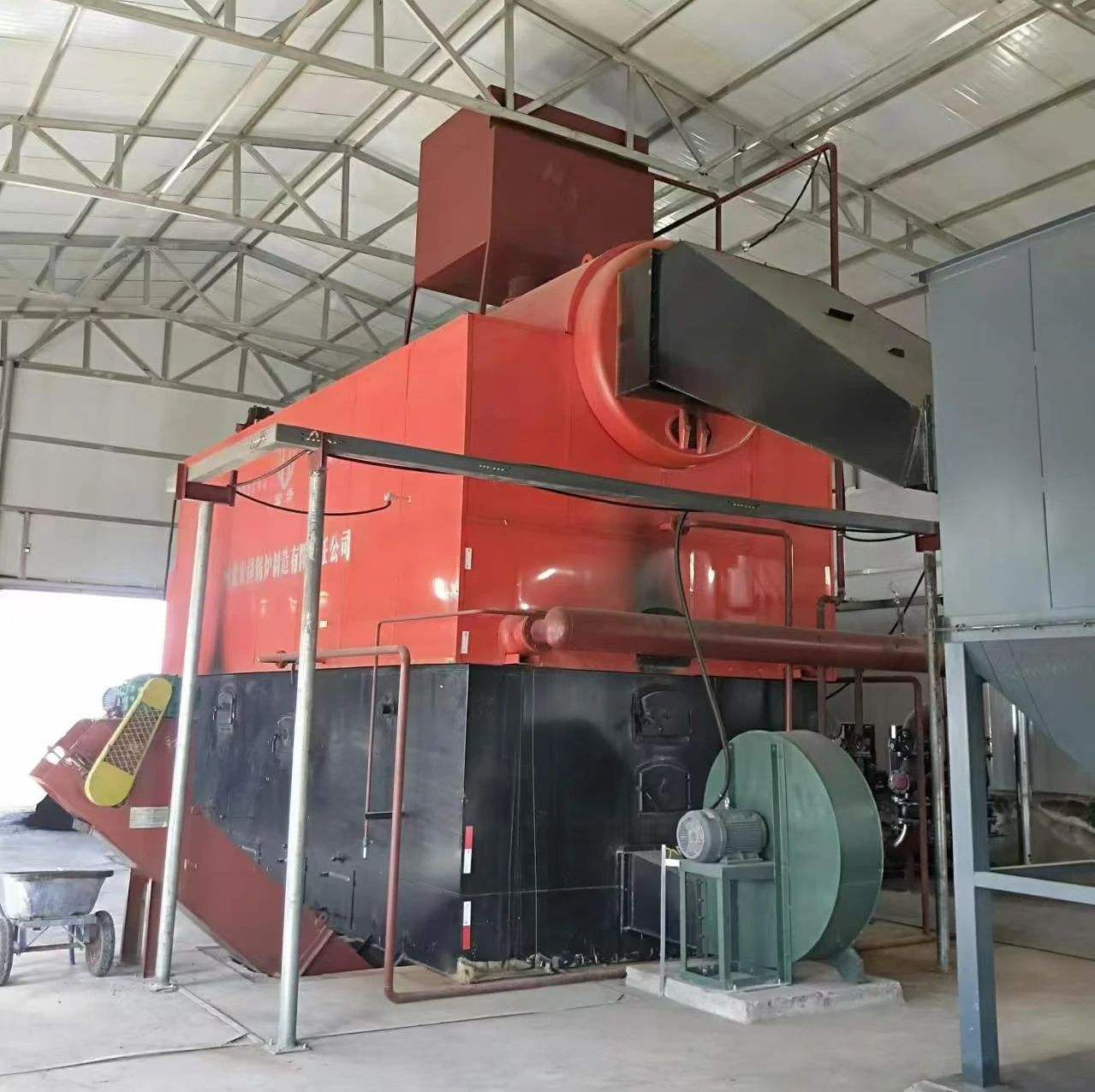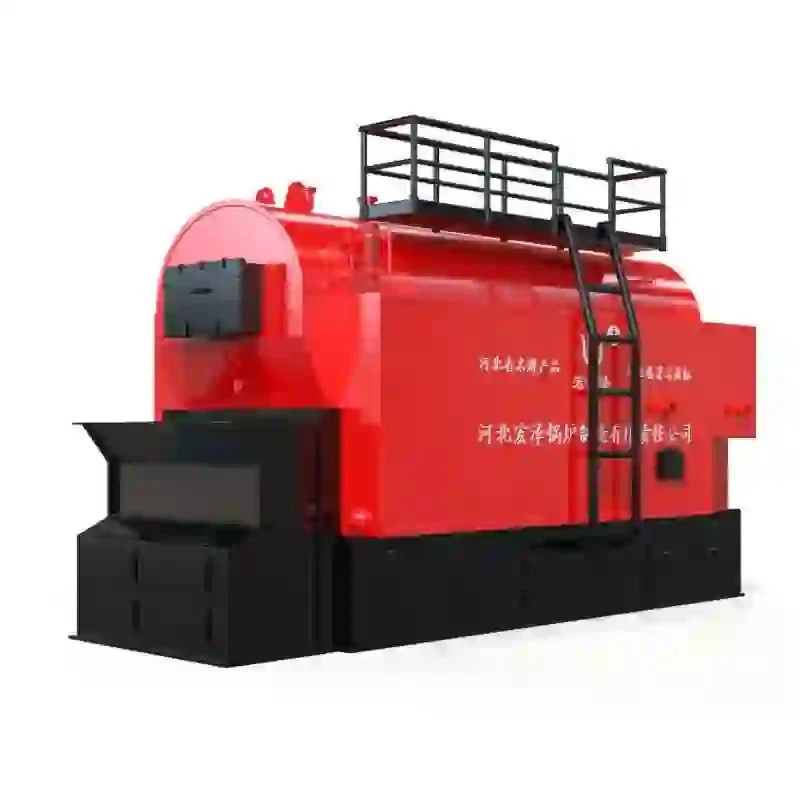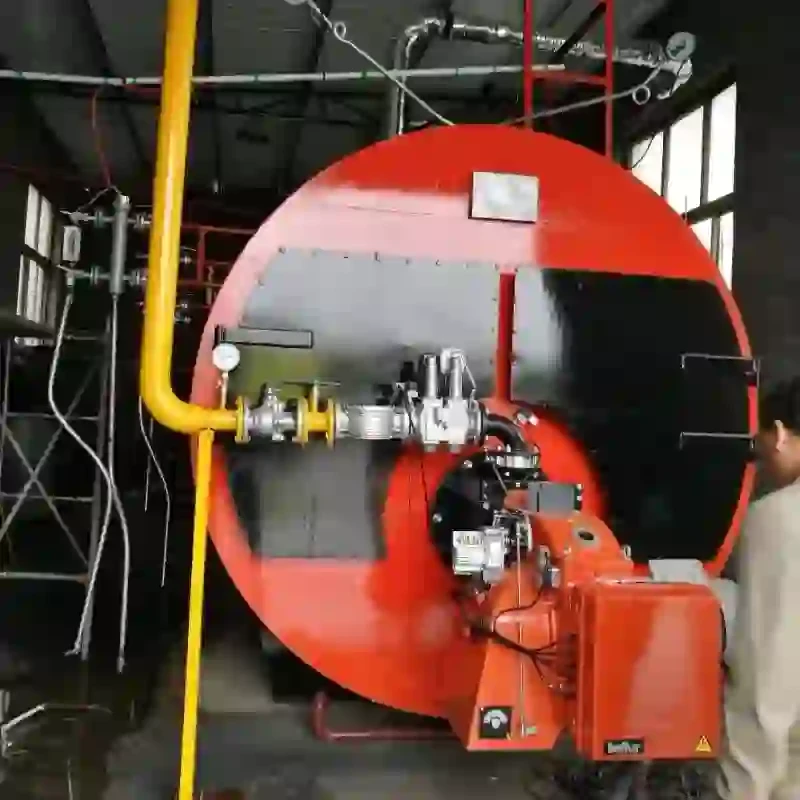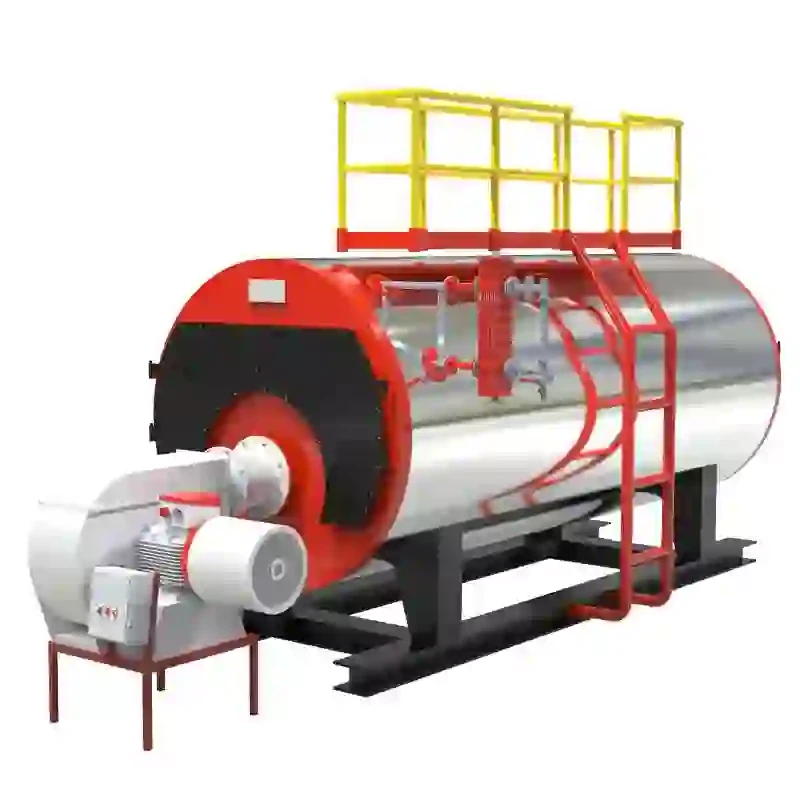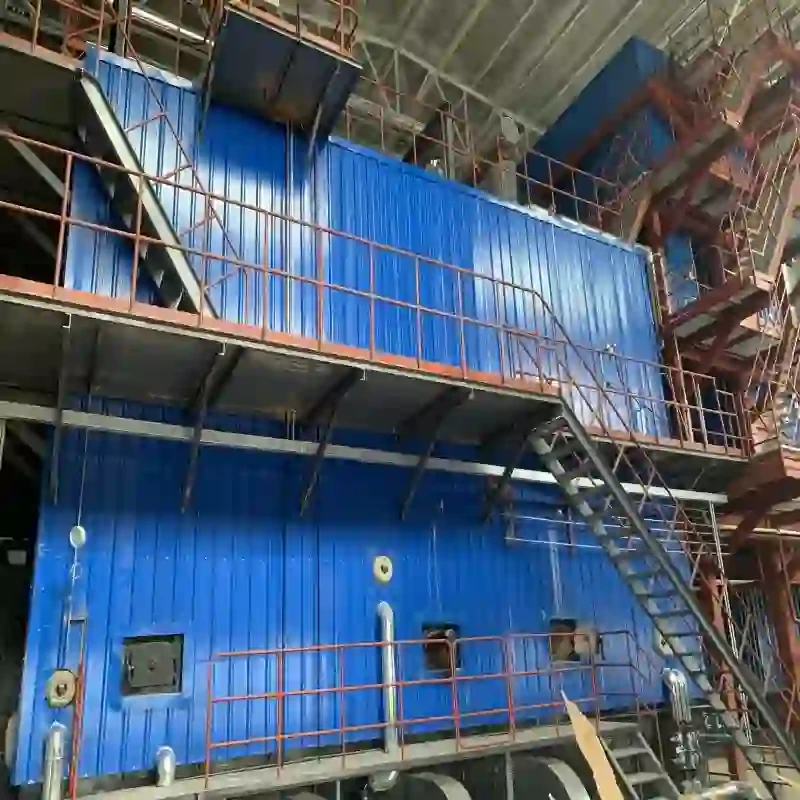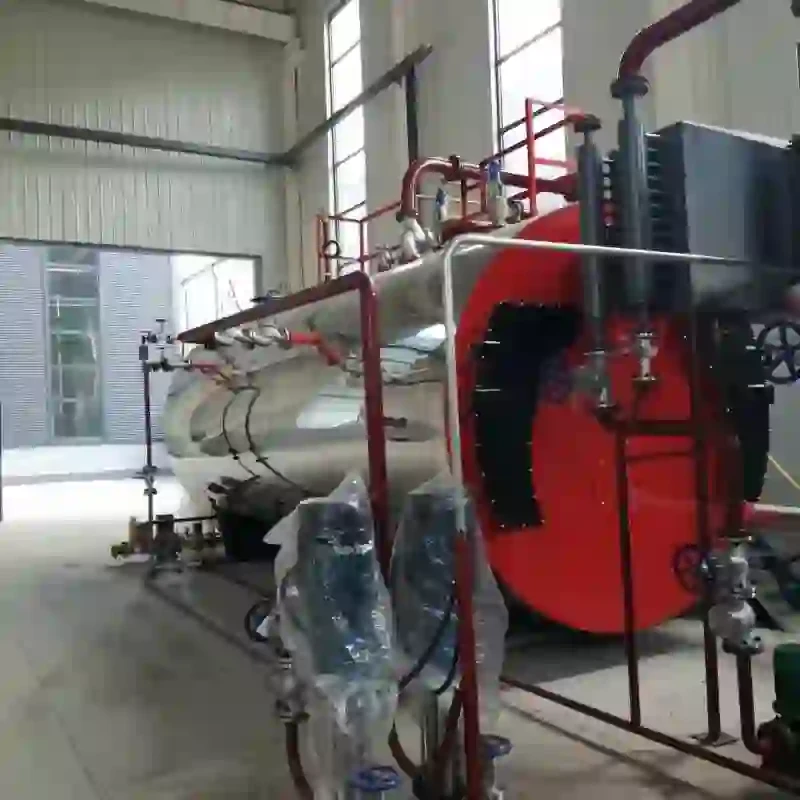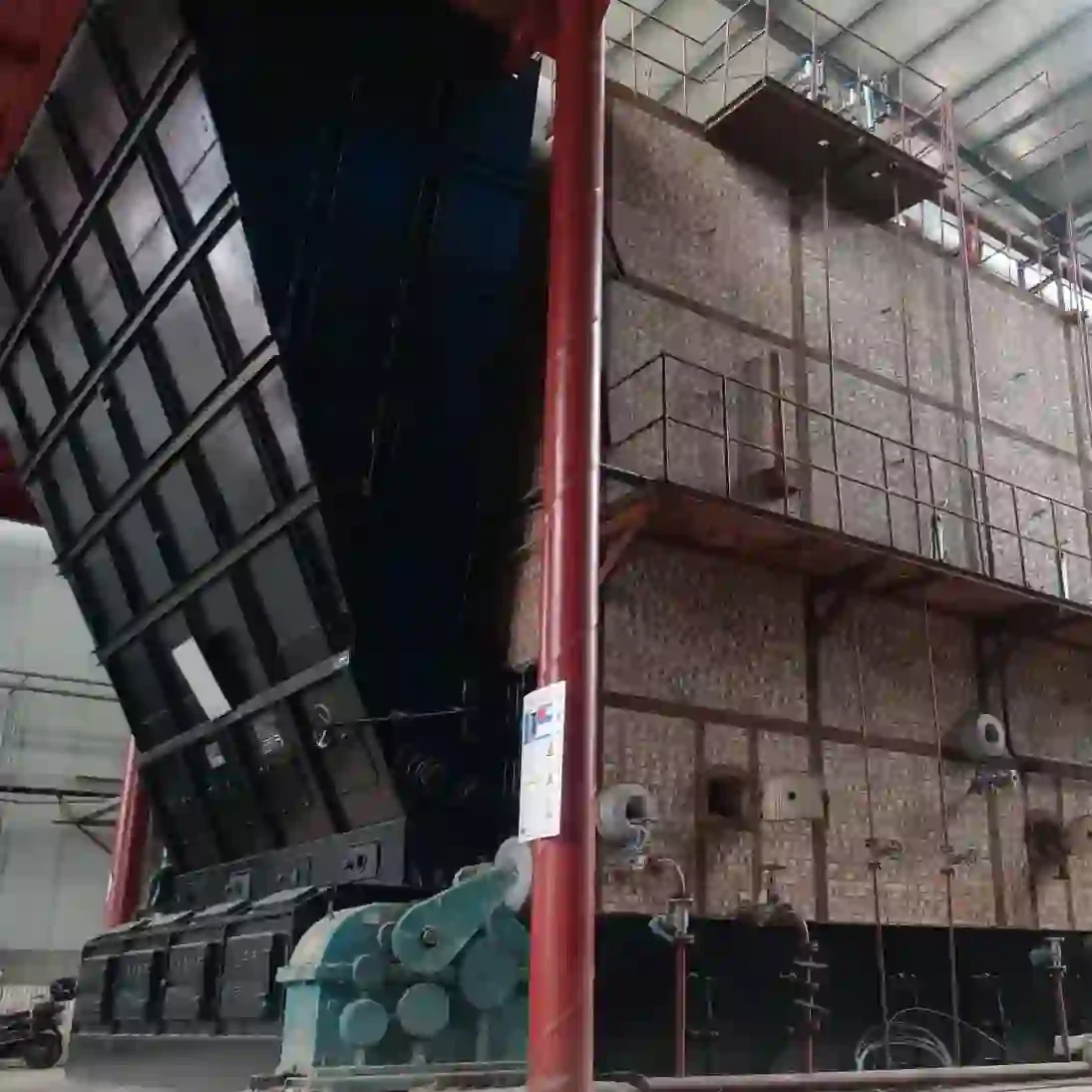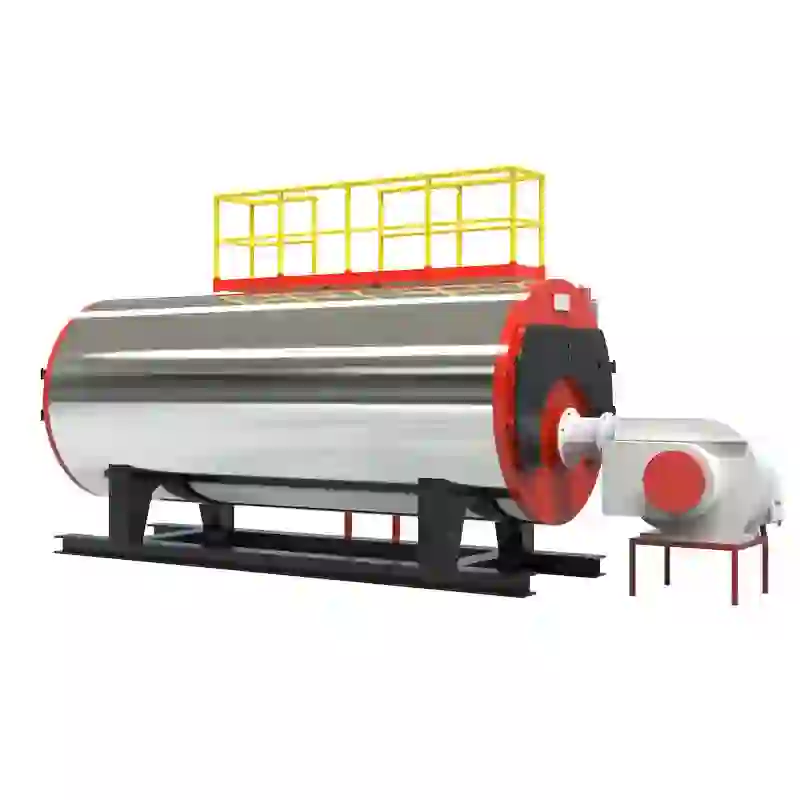
Nov . 30, 2024 11:03 Back to list
Design Principles and Considerations for Efficient Steam Boiler Systems
Designing a steam boiler requires a deep understanding of thermodynamics, fluid mechanics, and material science. A steam boiler is a crucial component in various industries, serving as a vital source of heat and energy. The design process is influenced by several factors, including efficiency, safety, and environmental considerations.
The fundamental principle behind a steam boiler is to convert water into steam by applying heat. The efficiency of this process hinges on the design of the boiler, which must optimize heat transfer and minimize energy losses. One of the key components of the design is the heat exchanger, where hot gases transfer heat to the water. Various configurations exist, each with its advantages and disadvantages. For instance, fire-tube boilers are commonly used due to their simple design and effectiveness in smaller applications, while water-tube boilers are preferred in large-scale operations thanks to their heightened efficiency and ability to handle high pressures.
.
Safety is a top priority in steam boiler design. High-pressure systems can pose significant risks if not designed and maintained correctly. Engineers incorporate several safety features, including pressure relief valves, water level indicators, and automatic shutoff systems. These features are vital in preventing dangerous situations, such as boiler explosions or overheating.
steam boiler design pdf

When designing a steam boiler, considerations for environmental impact are increasingly important. Compliance with regulations regarding emissions and efficiency standards is essential. Modern boilers often incorporate technologies to reduce emissions of nitrogen oxides (NOx), sulfur oxides (SOx), and particulate matter. Additionally, the use of advanced combustion techniques and flue gas recycling can significantly improve the boiler's ecological footprint.
The design process also involves extensive calculations to ensure the system can meet the necessary steam demand for the intended application. This includes determining the appropriate steam pressure and temperature, as well as the required boiler capacity. The sizing of ancillary equipment, such as pumps, economizers, and burners, is also critical to ensure the system operates efficiently.
In the modern era, computer-aided design (CAD) software plays a pivotal role in the boiler design process. Engineers can simulate various operating conditions, analyze heat transfer, and optimize the dimensions of boiler components, leading to enhanced performance and reliability. Furthermore, advancements in technology enable the integration of smart systems for real-time monitoring and control, allowing for more efficient operation and maintenance.
In conclusion, the design of a steam boiler is a multifaceted process that requires careful consideration of various factors including efficiency, safety, material properties, and environmental impact. Advances in technology and materials continue to enhance the capabilities of modern steam boilers, making them essential in industries ranging from power generation to manufacturing. As the demand for energy-efficient and environmentally friendly solutions grows, the role of innovative boiler design will become increasingly significant, paving the way for a sustainable future in industrial heating.
-
Best Steam Boiler Design PDF Free Design Calculation & Diagram Downloads
NewsJun.10,2025
-
Hot Boiler Water Heater Efficient Heating Solutions for Home & Commercial Use
NewsJun.10,2025
-
Steam Boiler Safety Devices High-Quality Protection Valves
NewsJun.10,2025
-
Ultimate Steam Boiler Checklist for Safety & Efficiency
NewsJun.10,2025
-
Optimal Hot Water Boiler Temperature Setting Guide
NewsJun.10,2025
-
Effective Hot Water Boiler Chemical Treatment Protect & Maintain
NewsJun.09,2025
Related PRODUCTS






